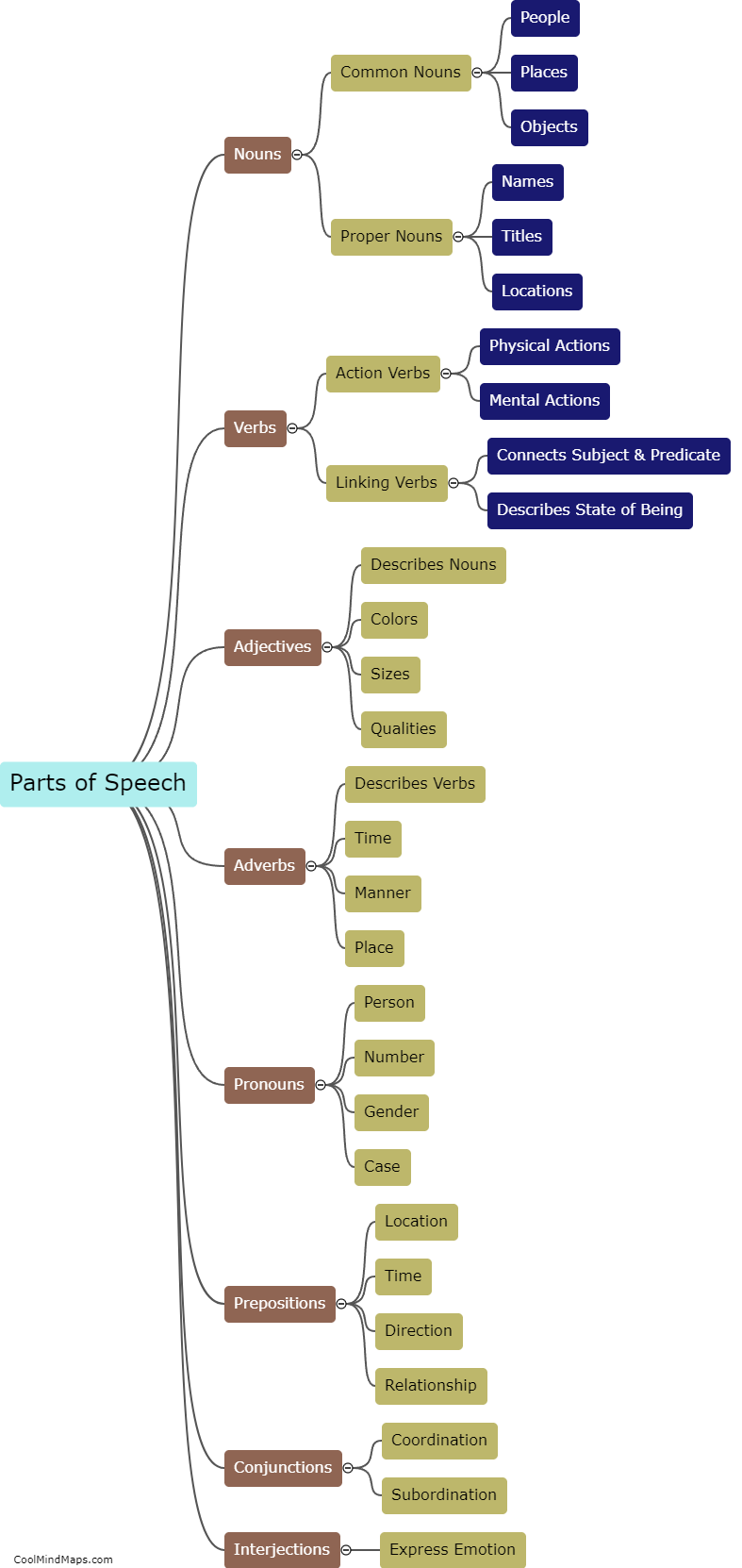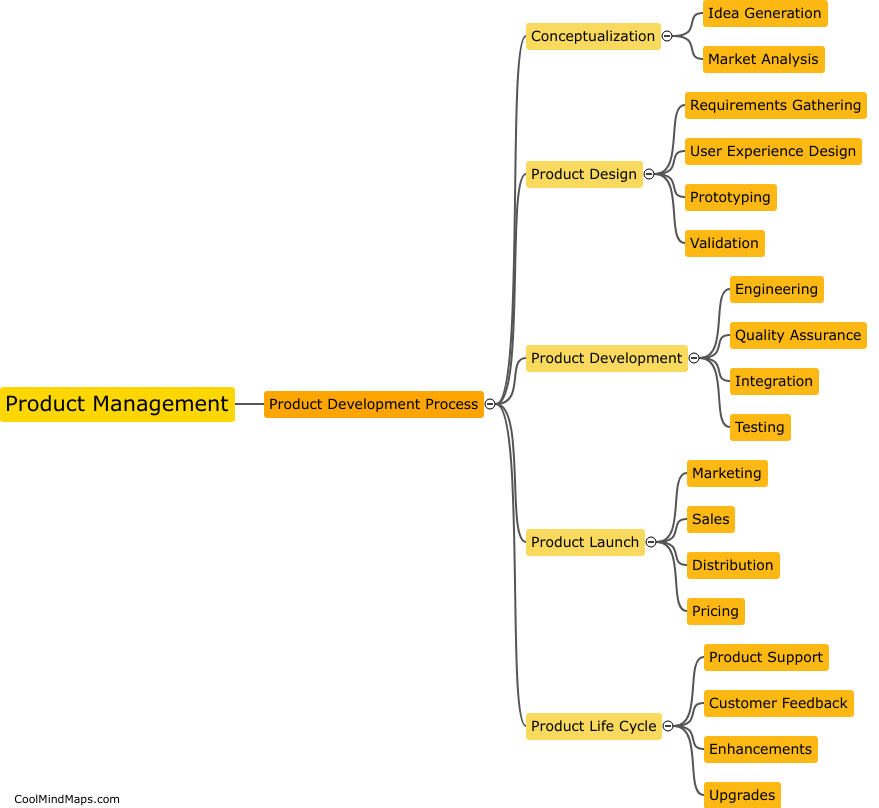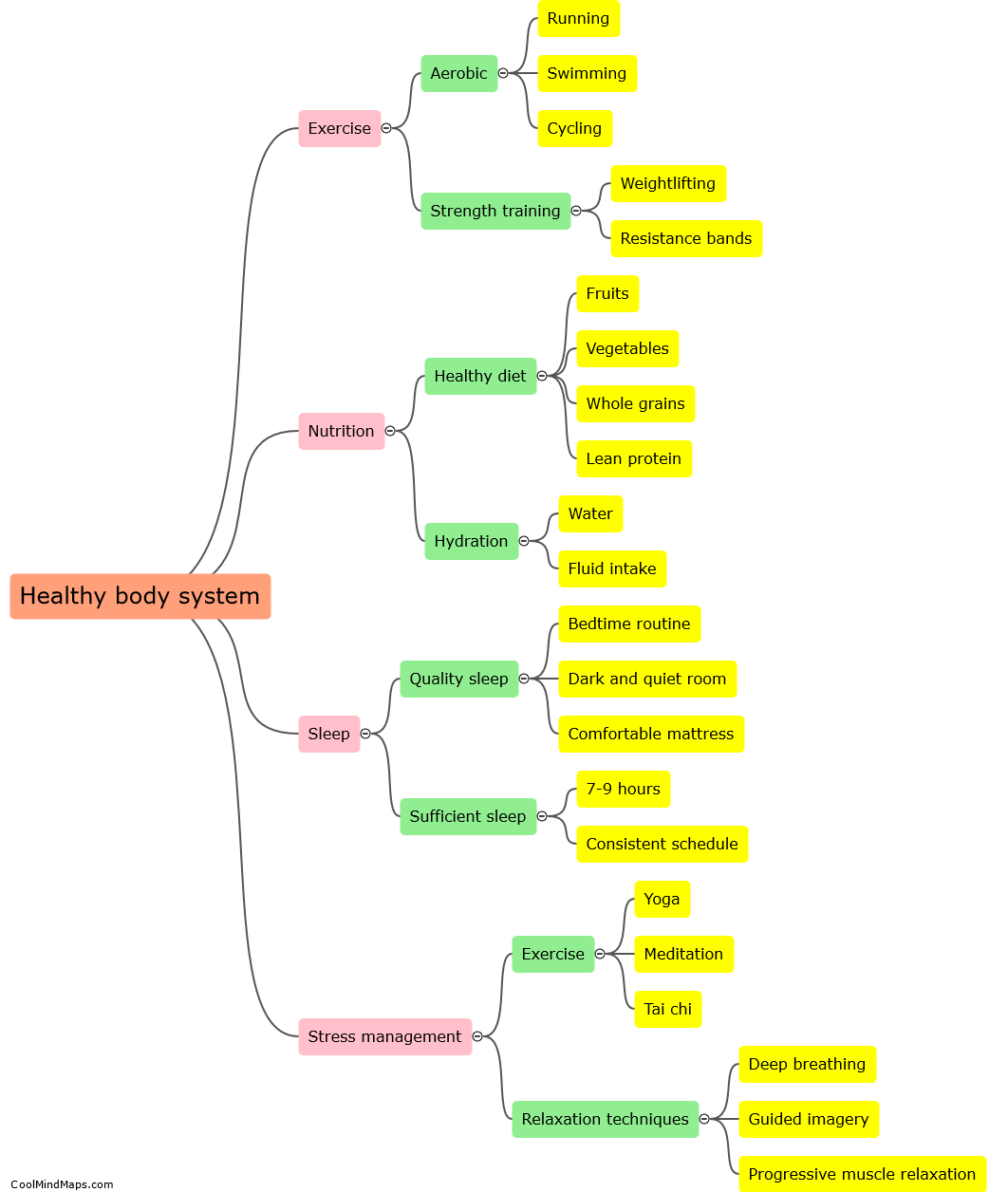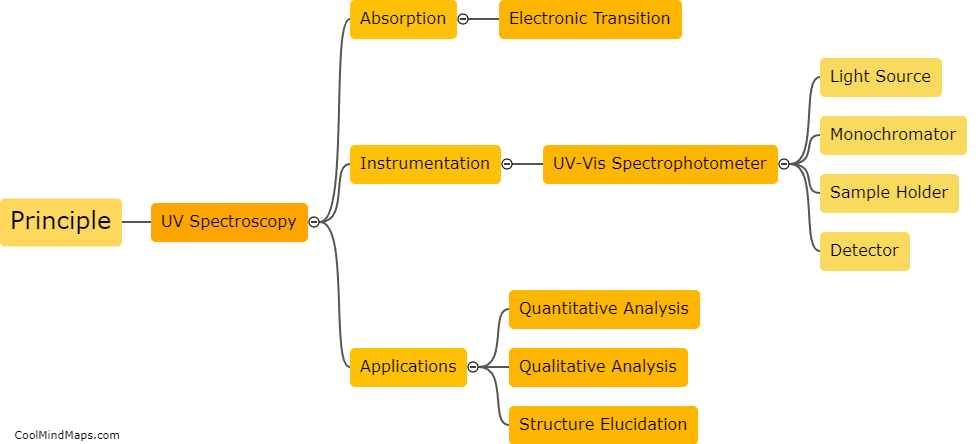How are non aqueous titrations performed?
Non-aqueous titrations are performed when the substances involved in the reaction are not soluble in water or when the reaction occurs in a non-aqueous solvent. In this type of titration, a non-aqueous solvent such as alcohol or acetic acid is used as the reaction medium. The basic principle of non-aqueous titrations is similar to that of aqueous titrations, where a known concentration of a reagent is used to react with the analyte of interest. However, due to the absence of water, different reagents and indicators are used. Common indicators include bromothymol blue and phenolphthalein, while common reagents include perchloric acid and sodium alkoxides. The non-aqueous solvent is chosen based on its compatibility with the reactants and optimized for the reaction conditions. Non-aqueous titrations are commonly used in pharmaceutical, petroleum, and organic chemistry industries.
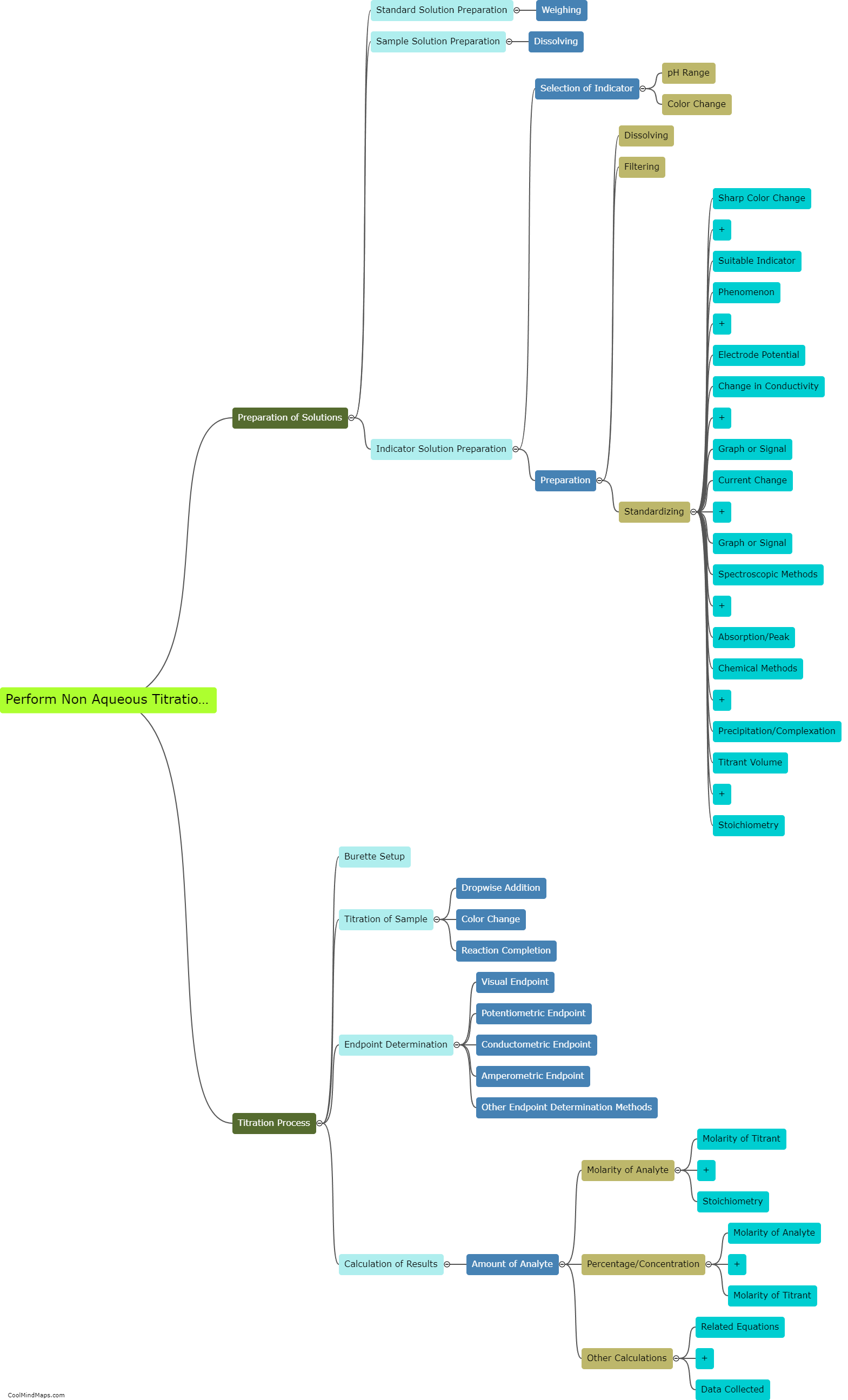
This mind map was published on 8 October 2023 and has been viewed 106 times.
